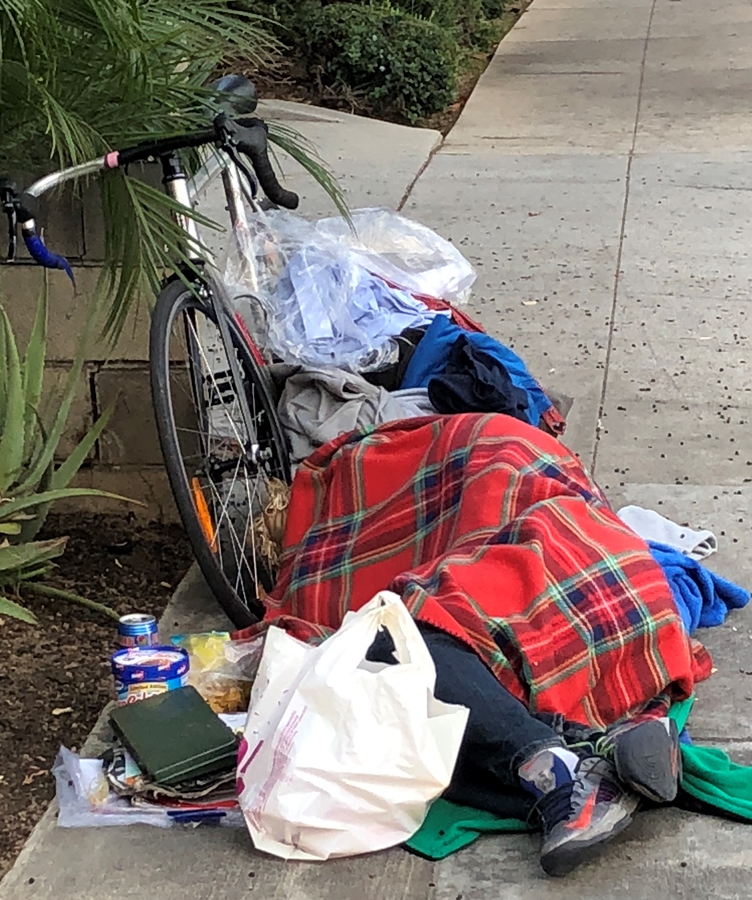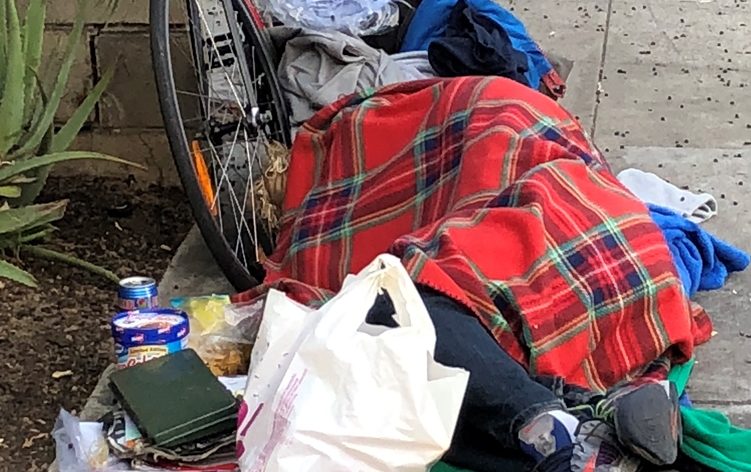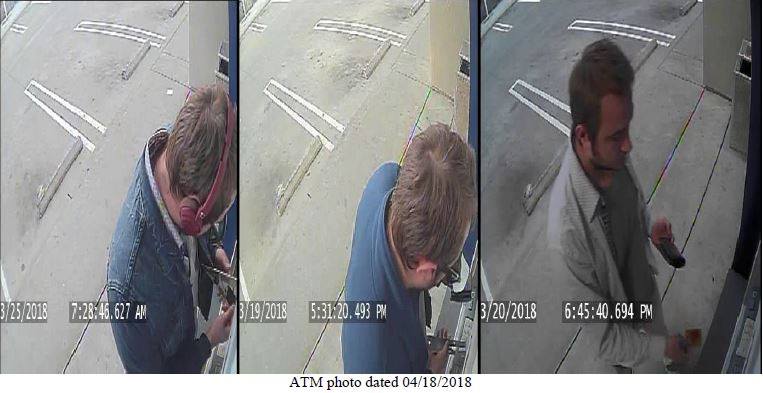
Homeless population has grown 18 percent in past year
By Gus Herrera
At their latest regular meeting, the Pasadena City Council heard the results from the 2018 Pasadena Homeless Count – results described as truly “sobering” by various representatives around the dais.
This year’s count, which was taken on the evening of Jan. 23 and morning of Jan. 24, revealed that the city’s homeless population grew by 18 percent over the past year – the final tally counted 677 people experiencing homelessness, as opposed to last year’s total of 575.
“This is a huge problem for the city and, really, the region,” said Mayor Terry Tornek, “[it’s a] very divisive, almost overwhelming problem … it’s the single biggest source of complaints and concerns that I get from constituents.”
It is important to note that the annual count, carried out in collaboration with the non-profit Urban Initiatives, is simply intended to provide a snapshot of the city’s homeless population, as the true number fluctuates throughout the year.
In addition to identifying homeless individuals visible to the public (i.e. sleeping on the street, in parks, or in vehicles), the count also included individuals and families in emergency shelters, transitional housing, or those using motel/hotel vouchers, according to city staff’s report. That said, the number of individuals living outdoors vastly outweigh those able to secure some form of shelter – 462 individuals (68 percent of the total homeless population) were counted outdoors, a 33 percent increase from last year’s count (347 individuals).
In a particularly alarming trend, Pasadena’s homeless population is also getting older. According to the report, “between 2016 and 2018, there was a 65 percent increase in the number of persons over age 50 who were homeless.” In 2016, 153 homeless individuals were over the age of 50, while this year’s count identified 253.
The city is particularly concerned with this portion of the homeless population, as elderly individuals are inevitably more intensive and costly users of public services, especially health care.
This year’s count also revealed that the city’s homeless population includes several Pasadenans – 50 percent of individuals surveyed on the streets said they were living in Pasadena before losing their housing.
There was also a 23 percent increase in the number of unaccompanied and parenting youth (43 individuals).
According to William Huang, director of housing and career services, the increase in the homeless population can be partly attributed to the housing crisis, the effects of which were first seen in 2016 when the city began to see a rise in the number of residents unable to pay rent.

“High rents and shortage of housing likely impacted the growth in homelessness,” said Huang.
The annual homeless count not only aids the city in developing a better understanding of its most vulnerable population, but it also yields a more tangible outcome – the data collected is included in the Pasadena Continuum of Care’s annual funding application, which is “responsible for over $3.2 million in federal funding for homeless services in the city,” per staff’s report.
As far as potential solutions, the report calls for more supportive housing developments and rapid re-housing. According to city staff, supportive housing developments are “needed to offset recent increases in homelessness, especially among the elderly,” while rapid re-housing could be a formidable tool to help those “non-chronically homeless” individuals “who have been pushed into homelessness as a result of the housing crisis.”
Huang revealed that, in 2017, the city housed a total of 161 individuals using these two methods (97 via rapid re-housing and 64 through supportive re-housing). Despite the relative effectiveness, Huang said that, “unless significant measures are taken,” the city’s homeless population “will grow to over 1,000 people in next five years.”
The full report from the 2018 Pasadena Homeless Count can be found at: www.PasadenaPartnership.org/homeless-count-reports.







